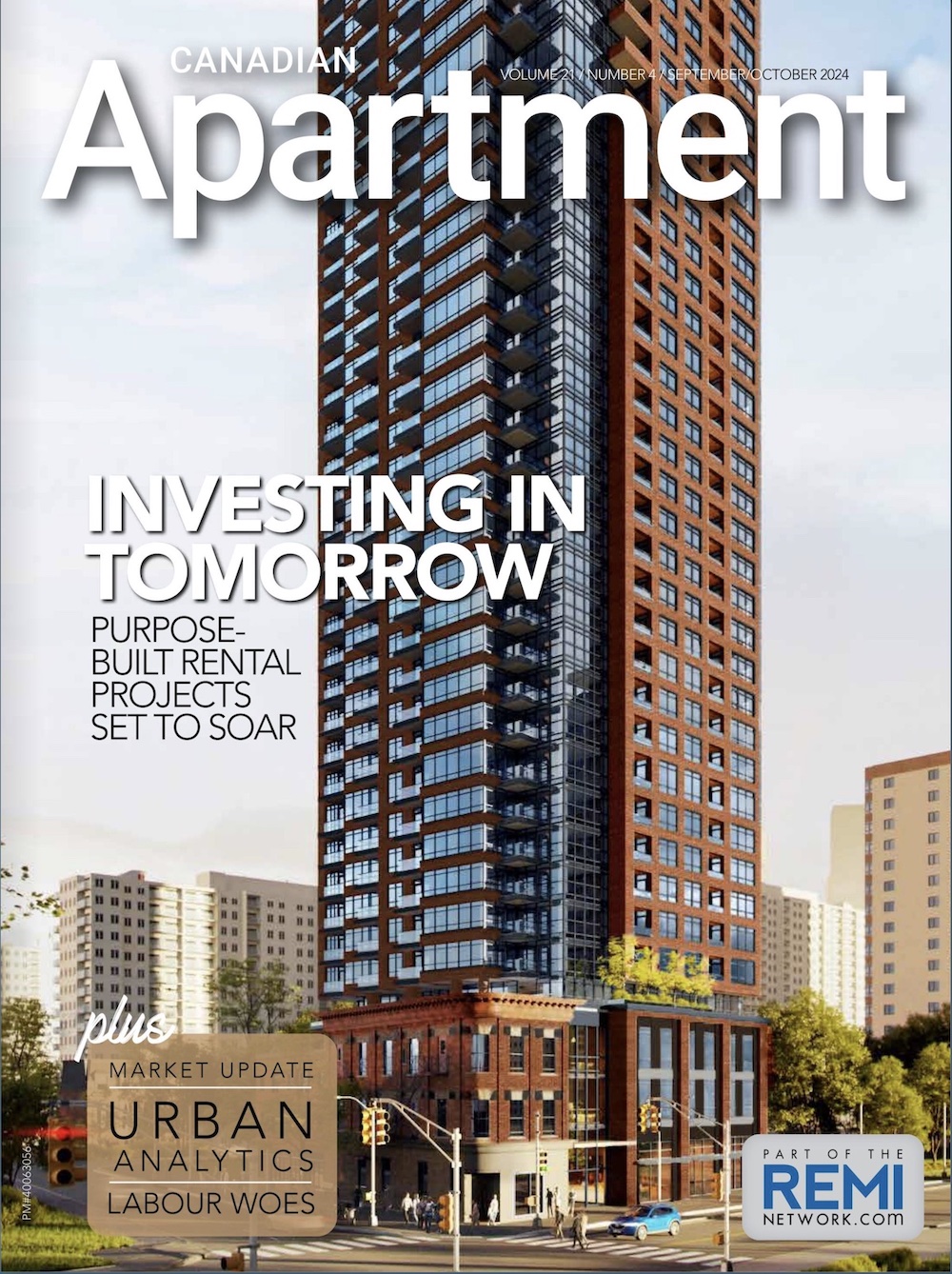The recent collapse of a high-rise residential building in Surfside, Florida, is an unimaginable tragedy that sadly underscores the importance of structural safety and the drastic consequences that could result if exposure to moisture goes unchecked. Though investigators have not yet revealed the exact cause of the collapse that killed dozens of people as the search for bodies continues, a 2018 engineering report indicated that the 40-year-old complex had multiple structural deficiencies.
“This tragedy will create an aftereffect, not only in the way condominium corporations and private apartment building owners are regulated as to the structural safety of their buildings, but also in the world of insurance company underwriting,” warns Andy Schwartze, who manages the Take Cover insurance program for revenue-producing properties. “Underwriting is a reactive business. There are no crystal balls enabling us to predict what will happen in the future, so instead we wait for events to happen and then adjust our ‘risk avoidance’ strategies accordingly.”
In the case of the Champlain Towers South, it is likely that the salty ocean environment played a role in weakening the structural integrity of the building. The 12-storey condominium tower had partially collapsed on June 27th before the remaining structure was demolished July 4th to expidite search and rescue efforts ahead of Tropical Storm Elsa.
“It has always been known that concrete cures forever, albeit at slower rates as time passes,” explains Schwartze. “Concrete relies on structural steel for its strength and conversely the steel beams and reinforcing rods rely on the concrete for protection from rust and corrosion. When regularly subjected to a professionally managed waterproofing program, the lifespan of this tough team can last for a very long time.”
On the flipside, when corrosion occurs due to prolonged exposure to moisture and a lack of regular care, the structure develops weaknesses that can be detrimental.
“The combination of shifting and vibration, when applied to aging structural components that have been exposed to serious moisture, is a threat to certain types of buildings—in particular, those with below grade infrastructure, like parking facilities,” says Schwartze. “While salt moisture accelerates this process, which is clearly worse in coastal areas, like Florida, road salt brought into parking garages in the winter months here in Canada can also be destructive.”
As a veteran of the insurance sector, Shwartze has seen firsthand what can happen if early detection and remediation isn’t a priority. “I once had a client lose an entire underground parking deck after it separated from the support pillars,” he says. “The combination of winter salt and some road work out front was enough to detach the deck and drop it onto the next level. Thankfully, no one was hurt. The owners had become aware of the growing problem, and were planning to deal with it before the unexpected vibrations caused by some municipal road work accelerated the problem.”
In short, Schwartze advises apartment owners and managers to be proactive and accept that the onus is on them to conduct regular building maintenance and perform periodic reviews. Unlike weather-related disasters, which cannot be avoided, failures due to structural deficiencies can.
“A sad case such as this one in Florida will prompt high-rise building underwriters to demand more accountability with respect to maintenance programs intended to provide early detection and remediation,” he says. “It is much too soon to try to predict how the insurance underwriting world will react to this horrible event, but react it will—eventually. There will be an inevitable impact on moisture-exposed concrete structures everywhere. It is not a question of ‘if’, but rather of ‘what’ and ‘when’.
For questions regarding multi-residential housing insurance, visit: Home – Take Cover






